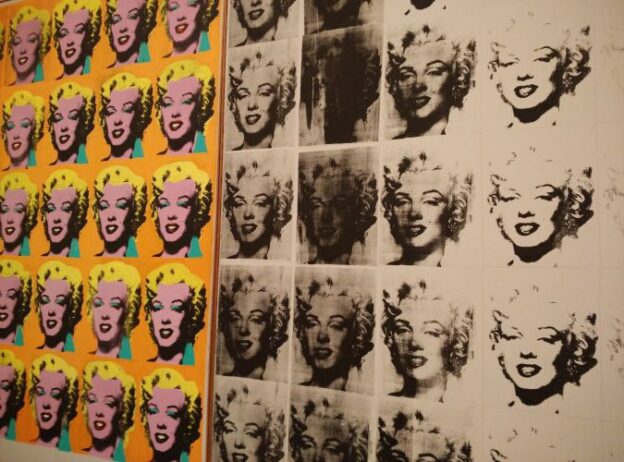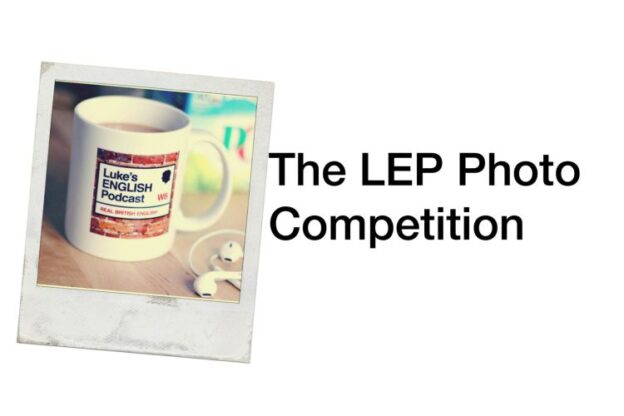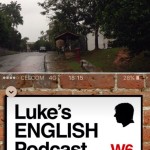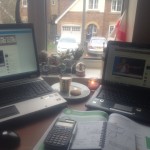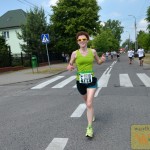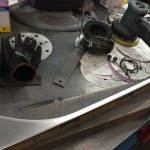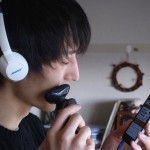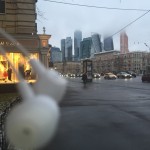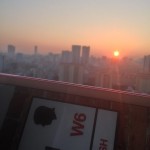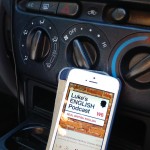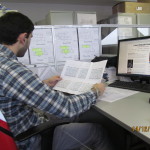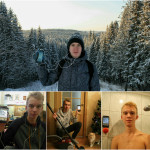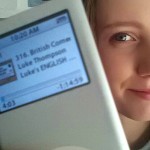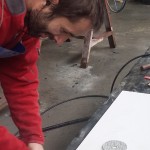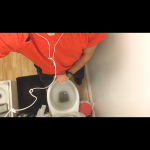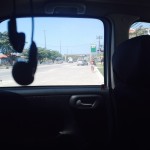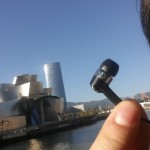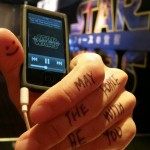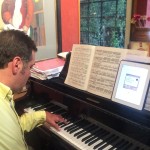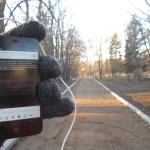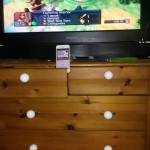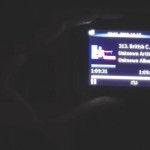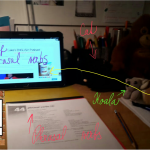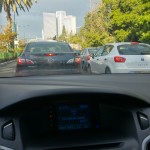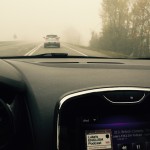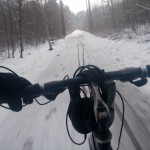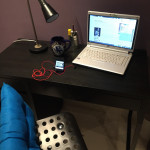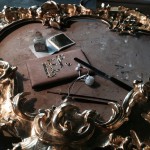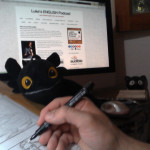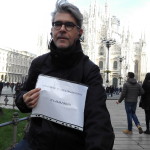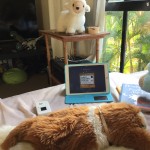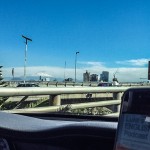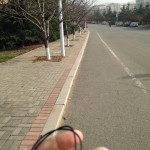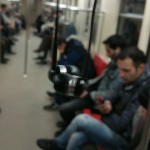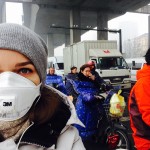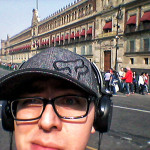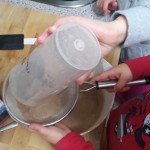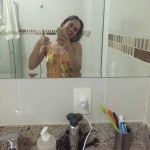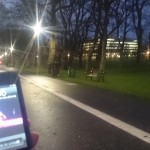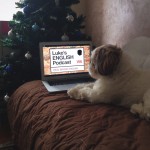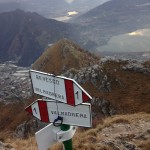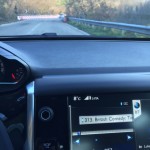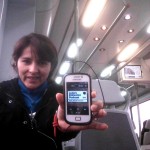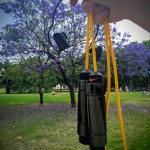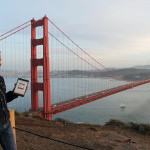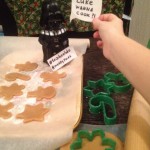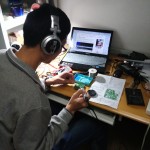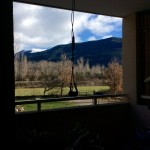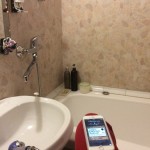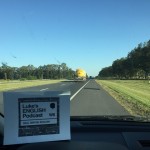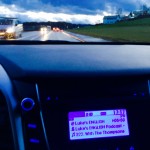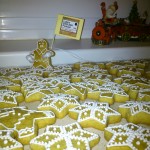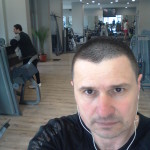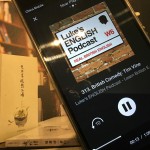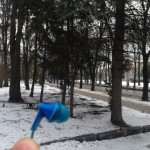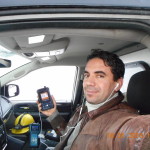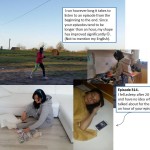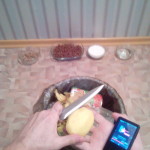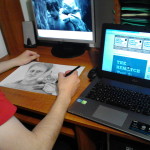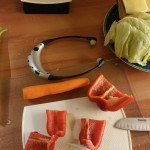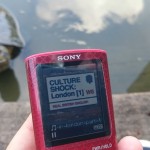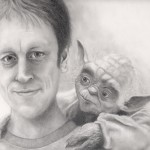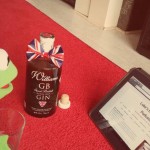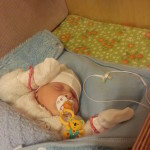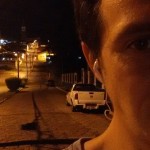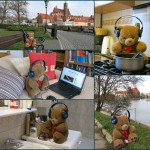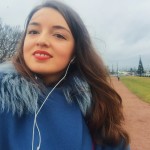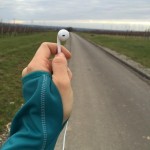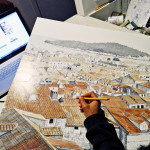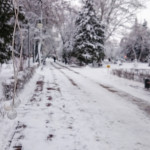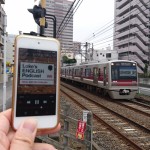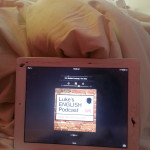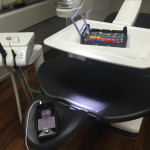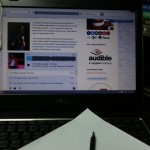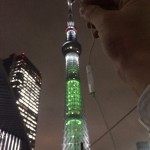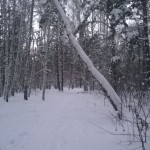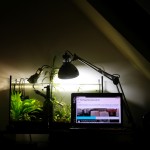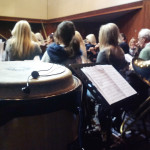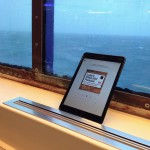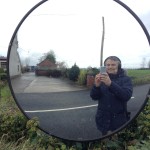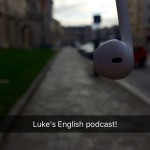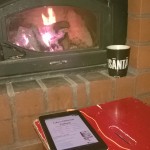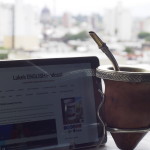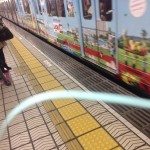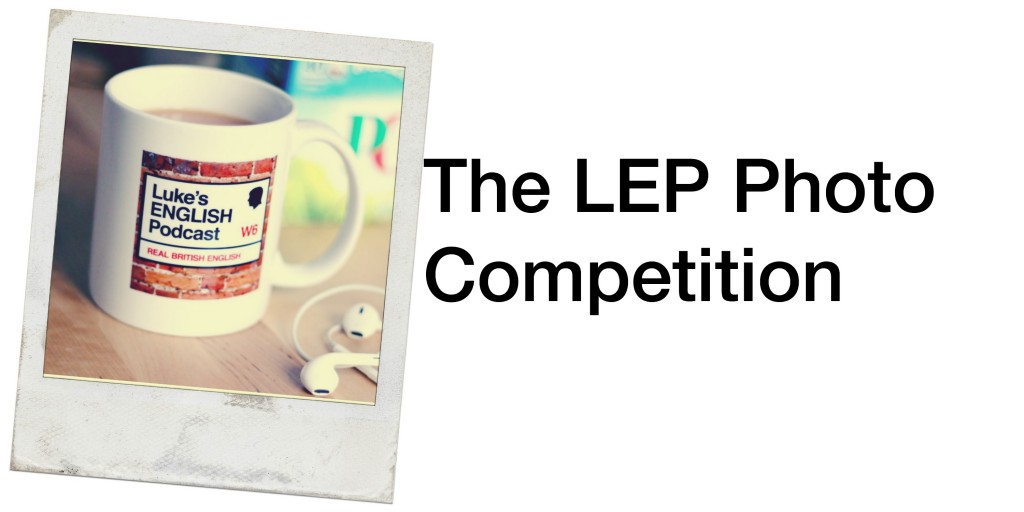Talking about some modern art which I saw while visiting several galleries in Los Angeles. Includes descriptions of different movements in modern art, details about some famous artists and their work, some thoughts about whether modern art is really amazing, or maybe just a load of pretentious rubbish! (Spoiler alert: it depends)
![]()
[DOWNLOAD]
Notes & Transcriptions for this Episode
Hi everyone, here’s part two of my holiday diary and in this one I’m going to continue describing things I saw and did on my recent holiday in the USA. The plan is not just to describe our trip but also to use it as a springboard to talk about some other subjects in a bit of depth, and in this episode that includes things like modern art (describing some different types of art from the modern period and giving my thoughts on some art work that we saw in a couple of galleries) astronomy and astrology, flat-earth conspiracy theories and probably some other things too, depending on how long this takes! It looks like this is going to be a series of episodes with what I hope will be an interesting variety of topics beyond just me talking about my holiday.
I’m recording this on the same day as I uploaded the last one. So I’m already seeing some messages coming in from people on Twitter and FB and stuff (in response to part 1), so thanks a lot for your kind messages saying congratulations for the fact that we’re going to have a baby.
Ok, let’s carry on!
Just to recap
We went to USA to have a blow-out before the arrival of our baby in December. A final trip just the two of us. Los Angeles via Montreal, then the canyons and Navajo Nation, then back to LA and home again.
Modern Art
Downtown Los Angeles
Tried to go to an art gallery called The Broad. This is a flashy-looking new art gallery. We went to see an interesting installation by Japanese artist Yayoi Kusama, but there was a huge queue outside – probably attracted by the installation, which is proving really popular. Apparently it’s called “Infinity Mirrored Room — The Souls of Millions of Light Years Away” which is…
“a mirror-lined chamber housing a dazzling and seemingly endless LED light display. This experiential artwork has extremely limited capacity, accommodating one visitor at a time for about a minute” The Broad website.
https://www.thebroad.org/art/exhibitions/yayoi-kusama-infinity-mirrored-room
An installation = a work of art constructed within a space in a gallery.
We ended up in The Museum of Contemporary Art LA, just down the road from the broad.
Also went to LACMA (Los Angeles County Museum of Art) at one point during the trip.
Artists whose work we saw
We saw work by some celebrated artists from several important movements in modern art.
Including:
Pablo Picasso (Spanish, Cubism, surrealism – mainly in the first half of the 20th century and middle of the 20th century)
Jackson Pollock (American, Abstract expressionism – late 1940s)
Rothko (American of Russian Jewish descent, Abstract expressionism, 50s and 60s)
Franz Kline (American, Abstract expressionism, 50s and 60s)
Roy Lichtenstein (American, Pop art, abstract expressionism, 60s)
Andy Warhol (American, Pop art, most well-known stuff is from the 60s)
And lots of others too.
Movements in Modern Art
Here’s a timeline of art movements in history from www.dummies.com
http://www.dummies.com/education/art-appreciation/art-history-timeline/
I’m describing art movements from the early part of the 19th century.
Contemporary art = art being made now
Modern art = art from the modern era – late 19th Century and through the 20th century. Arguably we are now in the post-modern era
Cubism (n) = an art movement in which artists went away from realistic representations of things and instead used geometric shapes, different kinds of perspective, lines, as if objects could be viewed from a number of different points of view all at the same time. Things exist in a kind of prism of perspective and the way you or the artist looks at something, changes its form.
Surrealism (n) = an art movement in which objects or ideas are presented in a strange way, as if in some kind of dream or perhaps representations of the subconscious mind
Abstract (adj) = this concept refers to things that aren’t real or tangible, but which exist in the world of the mind or outside reality as we usually see it (e.g. not just illustrating a bowl of fruit)
Expressionism (n) = representing feelings or emotions rather than objects or things
Abstract expressionism (n) = the name of the post WW2 art movement that combined the freedom of expression from expressionism and the use of abstract forms
Pop art (n) = the name of another art movement, this one involved techniques, methods and styles from popular culture like product design, comic book style or photos of celebrities.
What do you think of contempary art, or modern art?
You might think:
“It’s just a bunch of colours or shapes!”
“Anyone could do that!”
“It’s just a load of pretentious nonsense!”
Very common reactions. I think like that too, quite often, especially if I think it’s not very good art.
What makes art good or bad?
You just know it when you see it. If it really doesn’t move you, please you or interest you, you might say it’s bad art, because ultimately it’s in the eye of the beholder – but not completely, because you also have to invest a bit of time and effort into it and also it helps to understand how the work fits into the overall history of art. You have to have some respect for it in order to start appreciating it as work, and ultimately then it can start to enrich your life in some way, but I think art is quite pretentious, which many people have a problem with.
What does pretentious mean Luke?
Something is pretentious (spell it) when it’s trying to seem important, clever or sophisticated, but it isn’t really.
E.g. talking about a work of art like it is the grandest, most important, most emotionally resonating work of genius in human history, and it’s just a blank piece of paper, or a picture of a willy or something.
I think it’s more than just a willy, it’s a statement about… blah blah blah…
So you might think modern art is rubbish.
Or maybe you’re a fan and you think “I love the way the artist plays with different forms and colours. It’s incredibly liberating and fascinating to experience it. I find it inspiring, moving and fascinating.”
It’s quite difficult to talk about art without sounding pretentious, to be honest.
I have mixed feelings about it. Only the really good stuff tends to move me. I mean, it’s rare that it works on me. But I do enjoy the experience of going around a good gallery, looking at work which has stood the test of time.
I also like talking about it. I like the way modern art or abstract art is so open. You feel like you’re interacting with it, but I always need to talk about it. It’s a chance to be totally open-minded and to try and put it into words.
But it’s not something I’m thinking about all the time.
I’m more moved by music (most kinds), acting, films, TV, books, photography (with real stuff in them – like people’s faces or moments in time captured) but when it’s right modern art can be great. Also it works as decoration, but it’s something you can also look closely at and let your mind wander. (wander like go for a walk, but also wonder meaning think about things, but “let your mind wander” is the right expression”.
Expressionism or abstract expressionism – what’s it all about?
This is just me having a stab at describing abstract art.
It seems to me that it’s about creating abstract spaces with no rules at all.
It’s a system with no external reference points (unlike films) it’s just a series of shapes or forms arranged in space which are designed to create certain emotions or feelings in you at a kind of elemental level, or gut level, or sensory level.
Sometimes thinking about it is what you’re not supposed to do, you just have to experience it. It can be something as simple as how it feels to experience these colours and shapes arranged in a certain way.
It could be the way the colours blend together, or certain forms stand out, or the basic gut reaction you have when looking at the canvas.
It’s supposed to be moving at a very natural level, just the interactions of forms in a physical space.
When you realise that it can be liberating and you feel like you’re entering into a conversation with the artist which is free from the constraints of language.
That’s the idea, but to be honest I often find myself getting absolutely nothing from it.
Art vs the art of nature (pretentious, moi?)
OK, so this is where I’m going to get really pretentious and talk about rocks like they’re works of art, but what are you going to do, sue me?
Some of these work of art were or are created in a way that seems to allow the hand of nature to guide the artist somehow, like Pollock who would often drip paint onto the canvas – he wouldn’t always touch the canvas with his brush, but would somehow involve an element of chance or nature in the way the paint splashed as it fell, combining his own judgement and an element of chaos in terms of how the paint ended up falling on the canvas.
The result is like looking inside the emotional space of the artist and you can feel his experience somehow in a way that you can’t put into words – at the moments of rage, passion, serenity or terror, or just the sense that he was experiencing a lack of control in his life or he was subject to emotions or experiences that he didn’t necessarily have a grip on, and yet experienced in the form of emotion. That sounds really pretentious, I know. But when you look at his work, you can choose to say “this is just bollocks” or you can decide that the guy clearly was very serious about what he was doing so there must be something in it. What was he looking for? Something to do with the balance of colours, the texture created by the many drops of paint and the overall sensory effect it creates.
It’s like entering a mood, and with Pollock that mood isn’t entirely happy.
I have the same feeling with Rothko. He managed to paint these pieces that look like just large blocks of colour, but as you stand in front of them and absorb them, the colours seem to blend slightly and become luminous or darker and you get this sense of depth or space and it fills you with a certain emotion. Often it’s a sadness, wistfulness or even a slight sense of stimulation. It defies description, it’s more of a gut feeling.
And by the way, looking at the real thing is far better than looking at a print or poster version in a frame on the wall of your house.
The real thing is a certain size, presented in certain conditions, proper lighting, you’re seeing the actual strokes of his brush or some sense of how he did it, you see the texture of the finished thing, which is important too.
Going back to Pollock – he would work on these big canvases on the floor and would start from scratch letting the painting develop as he added more and more layers but other artists took a different approach like Franz Klein who would plan his abstract work on a small-scale, just sketching it by hand, before recreating the sketch on massive canvases. What was a few scratched lines on a piece of paper becomes a huge striking piece of work. The effect is a bold mix of broad straight lines that combine in haphazard fashion. We kept thinking his paintings looked like close up images of plane crashes done in black and white, like the vague sense that it looked like a WW1 biplane had crashed. That’s not what they were of course, they were just lines, but the point is that the work has this dynamic urgency. They’re violent, bold and stark. Our brains just interpreted them as somehow like a plane crash.
Those are abstract expressionists.
There are lots of loads of other kinds of art, like pop art (Andy Warhol) which sort of consumed aspects of consumer culture with the idea that art could be mass-produced and that every day consumer objects could be works of art too if presented in that way, and I think we’re still experiencing the influence of that today with things like t-shirts with cool designs on them or the fact that we consume logos and brands as a form of art – on t-shirts, even on posters to decorate our homes. Pop art was also a comment on consumer culture – for example Andy Warhol’s famous work with lots of virtually identical screen prints of movie stars with different coloured backgrounds, or just a tin of Campbell’s tomato soup. It’s like examining everyday branded objects as works of art.
I don’t really understand it all, but it is fun to go to an art gallery, drink a load of coffee and then just stare at this stuff and see what it makes you think about and feel.
Anyone can do art, but to do it well is actually really difficult.
It’s not just a bunch of colours on a canvas, it is backed up by intention, technique and a general appreciation of the aesthetics of shape, colour and texture.
So, we saw some modern art, and it was pretty cool.
But honestly, the art we saw just could not be compared to the truly stunning works of nature that we saw later on in our trip in places like The Grand Canyon – objects and environments that had been formed by natural processes over millions of years.
It seems to me that from the point of view of the observer, the exact same forces are at work.
When you look at art or when you look at a mountain or a rock formation you get the instant emotional and intellectual reaction of seeing these incredible shapes, colours and textures, and you experience the wonder of imagining exactly how they were created and the story that they tell.
I must say I was blown away by the geology we saw on this trip, which I’ll describe in more detail later. It was so stunning that at times I was lost for words and it all resonated with us so much that it was quite hard to come to terms with it.
You might think – oh come on it’s just big rocks. And it is just big rocks of course, but I think we all find these things impressive and I’m just trying to capture that feeling in words.
So, I know this sounds pretentious or something, but literally every day we would arrive at a different location to be greeted by ever more impressive natural spectacles. After spending time in each place, doing some walking, getting quite hot in the sunshine, we would be quite exhausted at the end of each day and we’d have this stunned by stimulated feeling during dinner – trying to comprehend what we’d just seen. We also couldn’t sleep during the night. It was like our brains couldn’t rest until we’d somehow compartmentalized the things we’d seen.
The Grand Canyon is the biggest thing I’ve ever seen. It’s so big it makes you feel so insignificant, like a blink in the eye of history.
In some parts of these national parks you’re looking at geological formations that go back something like 500 million years.
And they’re so big that you feel completely dwarfed by them.
This was far more impressive than the modern art we saw, and it made the modern art just look like primitive cave paintings by humans trying to get a grip on the power of basic shapes and colours.
Basically, what I’m trying to say is that nature is the most powerful artist out there.
And I say nature, because the whole story of nature is in these rocks.
The whole thing has been created by different natural forces over hundreds of millions of years.
It makes total sense that water, over such a long period, could erode the rock into these unbelievable shapes. That ice would break up the rock, forming bizarre shapes, that what was once a crack in the ground could become a huge open canyon with a river at the bottom.
So, nature is what formed these things, simply through the presence of certain elements on earth and the actions of the laws of physics.
Pretty mind-blowing stuff. But the modern art was a good way to get into the mindset of appreciating the aesthetics of things.
Let me know your thoughts on modern art. Is it amazing, or is it rubbish? Leave your comments below.
…and thanks for listening.
Luke
Want to see some examples of the art I described in this episode? Click the links below.
Yayoi Kusama’s Infinity Mirrored Room
Pablo Picasso (Cubist period)
Salvador Dali (Surrealism)
Jackson Pollock
Mark Rothko
Franz Kline
Roy Lichtenstein
Andy Warhol

The Broad – we couldn’t get in because of queues, but it looks cool.
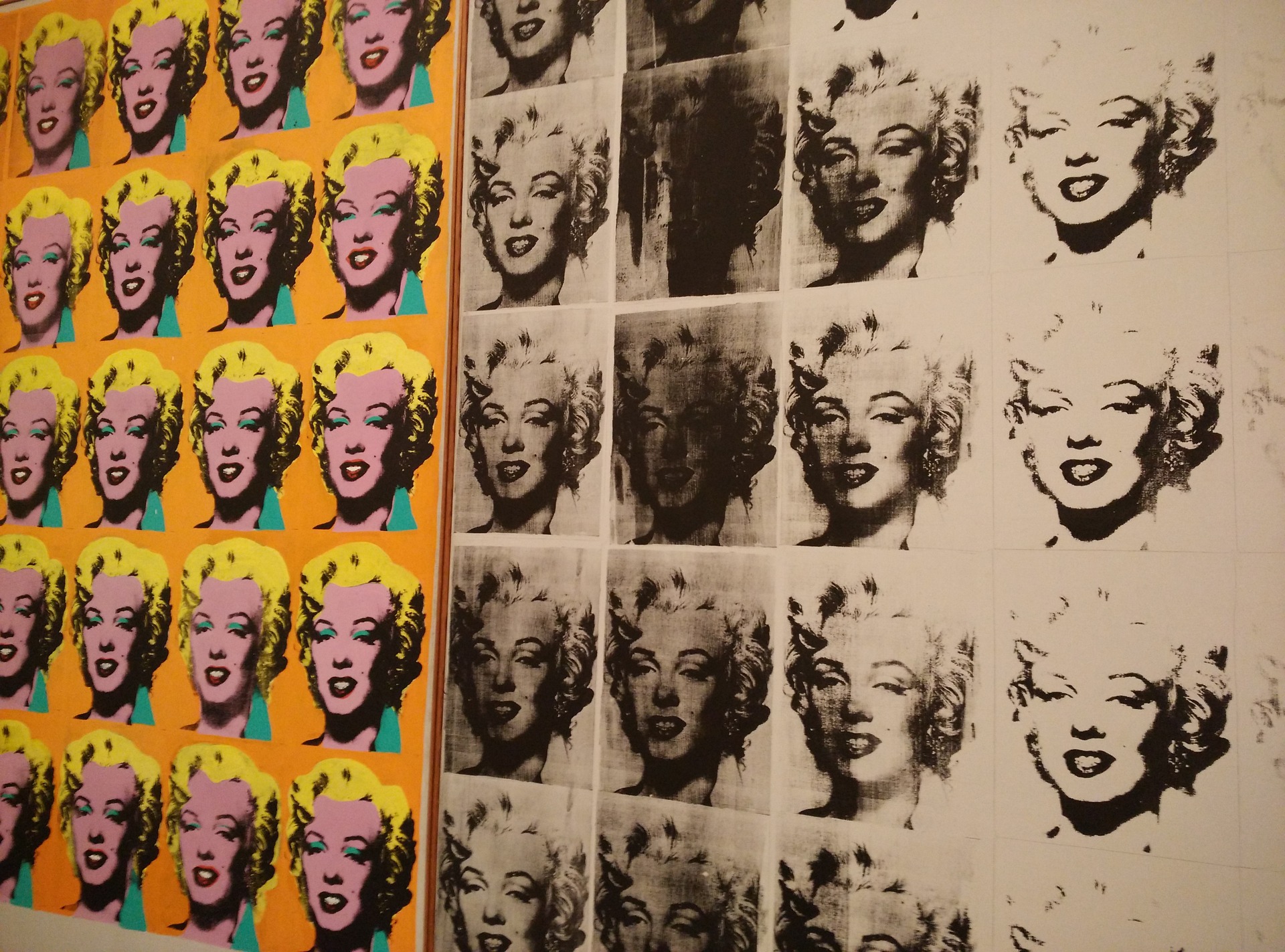
Andy Warhol – Marilyn Monroe screen prints from Pixabay.com https://pixabay.com/en/marilyn-monroe-andy-warhol-art-1318440/
